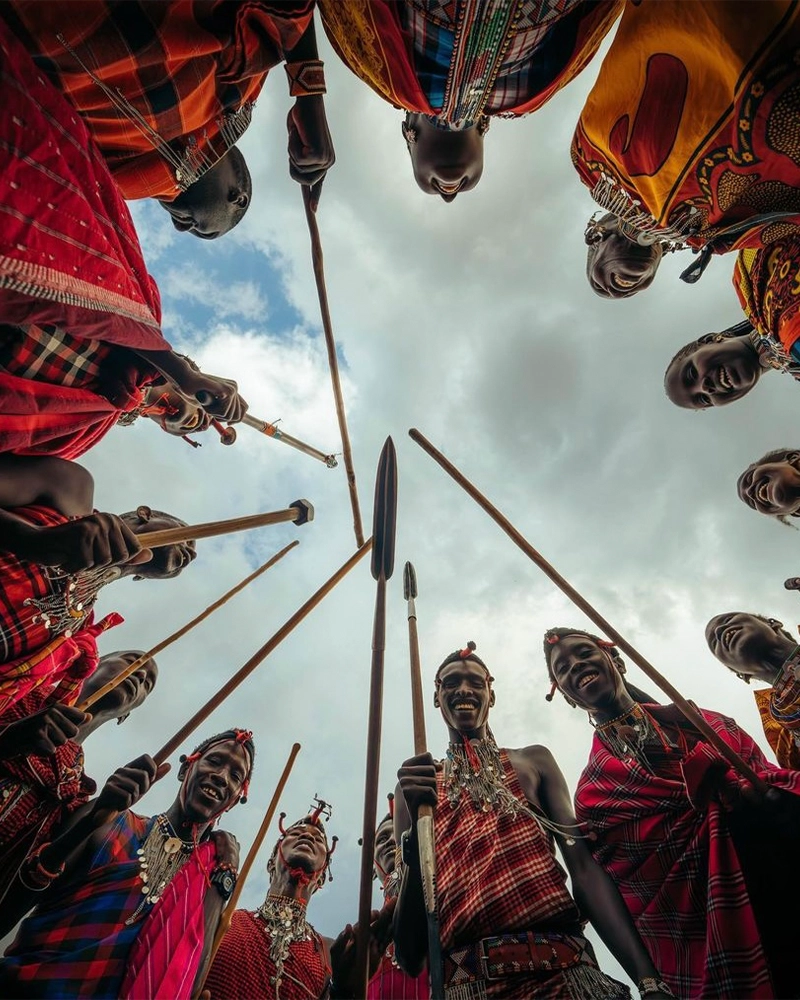Serengeti National Park
10 FACTS ABOUT SERENGETI
The Serengeti is one of the oldest and most scientifically significant ecosystems on the planet. The greater Serengeti ecosystem includes Serengeti National Park proper; Ngorongoro Conservation Area; Maswa Game Reserve; Loliondo, Grumeti, and Ikorongo Game Controlled Areas; and the Masai Mara National Reserve in Kenya. The name, Serengeti, is derived from the Maasai word siringit, meaning “endless plains.” An accurate description considering the whole ecosystem stretches over 12,000 square miles (30,000 square kilometers)! The Serengeti is home to the world’s largest movement of animals, often called the “Great Migration.” More than 1.7 million wildebeest, 500,000 zebra, and 200,000 antelope make their way from the Ndutu region of the southern Serengeti northward through the whole length of the “endless plains”. The Great Migration of the Serengeti was selected in 2013 as one of the Seven Natural Wonders of Africa. The others are the Red Sea reef system, Mount Kilimanjaro, Sahara Desert, Ngorongoro Crater, Nile River, and Okavango Delta. (Notice that three of the seven are in Tanzania.). The Maasai tribe had been grazing their cattle in the Serengeti plains for around 200 years when the first European explorers arrived. German geographer Dr. Oscar Baumann entered the area in 1892. In the 1890s, droughts and a cattle disease wreaked havoc on the Serengeti wildlife population – in particular to wildebeest.
It wasn’t until the mid-1970s that the wildebeest and buffalo populations had fully recovered. Apart from rhinoceros, decimated by poachers, and hunting dogs, which are slowly declining, you will readily observe every species of African savanna mammal within the Serengeti. Spread throughout the south central Serengeti, kopjes (pronounced like “copy”) are geologic wonders comprised of exposed gneiss and granite shaped by the wind and temperature fluctuations. With sun-warmed rocks, vegetation for shade, and their elevation several meters above the plains, kopjes are a favorite resting spot for lions. It seems that one particular Serengeti kopje, known as Simba Kopje, was the inspiration for Pride Rock in Disney’s The Lion King. In 2010, the government of Tanzania announced plans to build a 53 km commercial highway across the northern section of Serengeti National Park. If completed, the highway, which would speed the transport of people and goods across the country, would also have negative impacts on the ecosystem. The highway would encourage settlement, invasive species, human-wildlife conflict, poaching, disrupt migration routes, and fragment the ecosystem. While the “Serengeti Highway” is presently blocked by the courts, its eventual construction is not without possibility.
4 Days, Lake Manyara, Serengeti, Ngorongoro
DAY 1: Leave Moshi early morning and drive to Lake Manyara National Park for full day game viewing. Enjoy millions of pink flamingos, hippos, lions, zebras and plenty of bird species. Dinner and overnight at Camp site / Lodge.
DAY 2: After breakfast drive to Serengeti with game en-route via Olduvai Gorge, enjoy sunset game drive at Seronera River. Thereafter drive to Camp site / Lodge for dinner and overnight.
DAY 3: Early morning sunrise game drive in Serengeti Seronera area where you can see plenty of wildlife taking advantage of the cooler temperatures of the early morning – experience predators hunting prey and much more. Thereafter drive back to the camp for full breakfast then continue with game drive with picnic lunch box en-route until the afternoon. Afterwards drive to Ngorongoro Camp site / Lodge for dinner and overnight.
DAY 4: After breakfast drive to Ngorongoro crater floor for half day game viewing enjoy plenty of wildlife in the crater with picnic lunch en-route. Thereafter in the afternoon drive back to Moshi.















